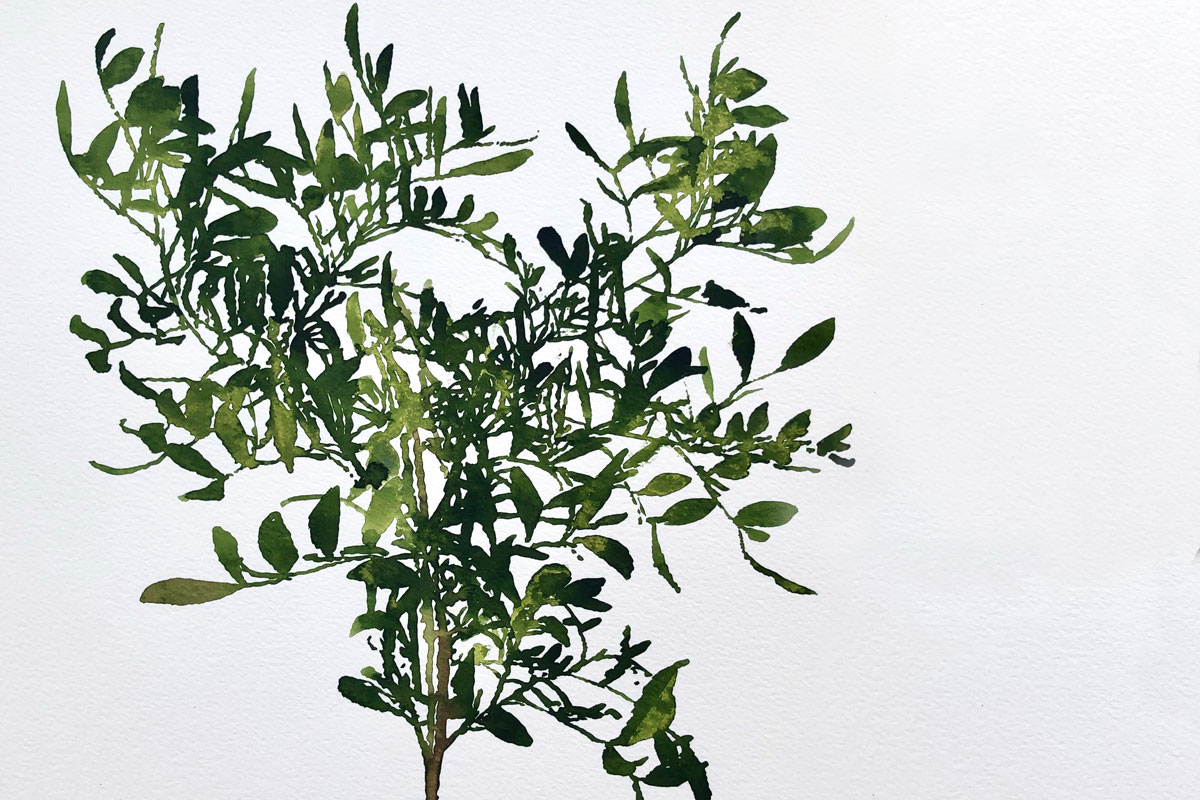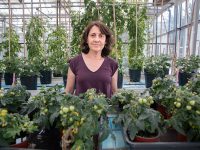
The evolution of life has led to the formation of complex systems where plants are essentials. Homo sapiens’ success is based on its ability to obtain food. In what remains of this century, the world population will increase by a quarter of the current total, reaching 10 billion people. This is itself a major challenge, amplified by the environmental conditions resulting from global change and the threat to sustainability derived from the use of the planet’s natural resources. Thus, we wonder if we will be able to respond to this challenge and, to that end, how the plants of the future should look. Recent advances in sequencing techniques allow us to identify genomes at a low cost, and genome editing techniques have been developed, such as those derived from CRISPR/Cas9, which allow us to modify plant and animal genomes in a precise and targeted manner.
This monograph analyses the possibility of cultivating plants outside our planet Earth; presents advances in genome editing such as those that have allowed my laboratory to obtain seedless tomatoes; assesses strategies that should lead to more plentiful harvests using fewer resources; and explains biotechnological strategies to strengthen plants’ immune systems or to use them as biofactories in which we can harvest molecules of health or nutrition interest. Will that be enough? Will we make it in time?





